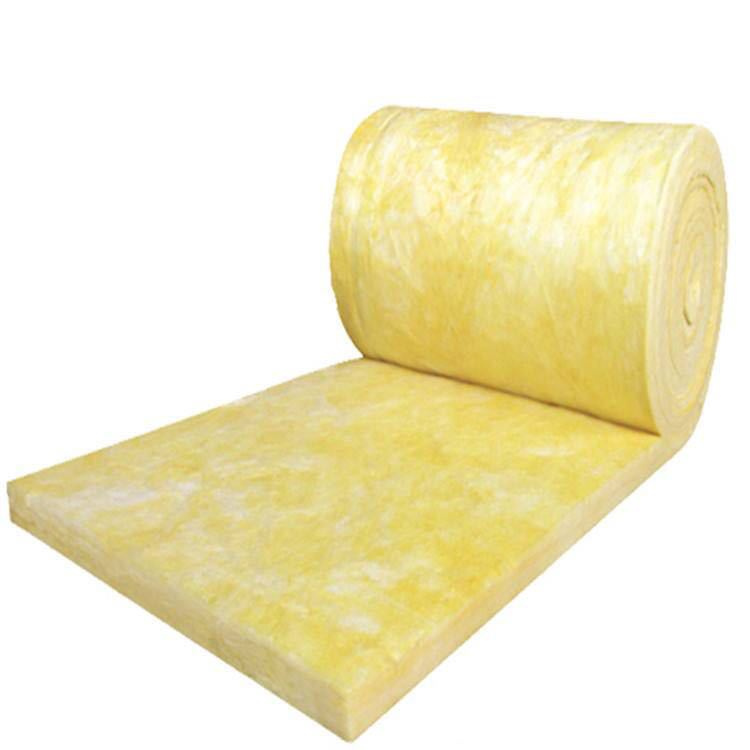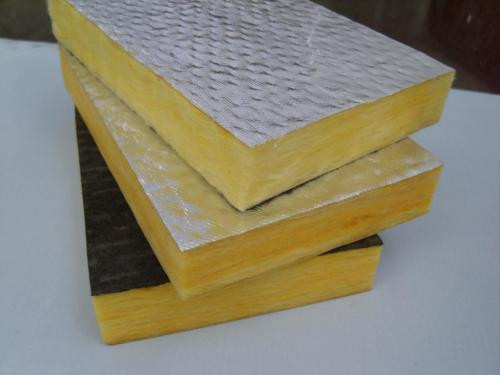

SEARCH
Technical specifications for building smoke control and smoke exhaust system
4.4.9 When there are combustibles in the suspended ceiling, the smoke exhaust pipe in the suspended ceiling shall be insulated by non-combustibles, and the distance from the combustibles shall be no less than 150mm.
In the construction materials are flammable or non-flammable, not like many field personnel, holding a lighter to try to test out.
The reason for this knowledge is the subconscious belief that what is not flammable is flammable. In fact, everything is flammable, otherwise why there are meteors in the sky, as long as the temperature is high enough, most things can be annihilated.
Rigorous approach is based on building materials and products combustion performance classification GB8624-2012 standards.
Divided into: non-combustible CLASS A, non-combustible class B1, combustible class B2, flammable class B3. Generally speaking, the daily view of incombustible is incombustible grade A.
But some materials are also classified as non-combustible GRADE A, such as gypsum board itself does not meet the requirements of non-combustible GRADE A, but because of the use of very extensive, and there is no suitable substitute. The code classifies drywall ceilings with keels as noncombustible CLASS A.
That is, the combustion performance, in addition to the material itself, and its structural form, installation position are related.
The metal groove, steel pipe and galvanized air duct inside the ceiling are certainly incombustible, and the outer protective layer of the cable and the insulation material of the pipe are likely to belong to combustible materials.
Pipe, air duct insulation materials used more: rubber insulation, centrifugal glass wool insulation.

Some high-temperature pipes, such as steam pipes and smoke exhaust pipes, will use non-combustible materials, such as centrifugal glass wool insulation, and its combustion performance is non-combustible GRADE A.
Ii. Code for electrical design of civil buildings GB 51348-2019
13.9.1 In order to prevent the spread of fire, power cables, communication cables and optical cables with corresponding combustion performance levels shall be selected according to the nature of use of buildings and the difficulty of fire fighting in case of fire. In addition to the requirements of Chapter 7 of this standard, the selection of power cables in civil buildings should also comply with the following provisions:
1. For public buildings with building height over 100m, wires and cables with combustion performance B1 or above, smoke toxicity T0 and combustion droplet/particle level D0 should be selected;
2. The wires and cables clearly installed in the asylum floor (room) shall be selected with combustion performance not lower than B1, smoke toxicity level T0, and combustion droppings/particulates level D0 and grade A cables;
3. For financial buildings, provincial power dispatching buildings, provincial (city) radio and television buildings, telecommunications buildings and crowded public places in a class of high-rise buildings, the combustion performance of wires and cables should be B1, smoke toxicity is T1, and combustion droplets/particles are D1;
4. For other public buildings, wires and cables with combustion performance not lower than B2, smoke toxicity of T2 and combustion droplet/particle grade D2 shall be selected;
For public buildings, it basically conforms to the range of point 3, that is to say, the combustion performance of cables is at least difficult to burn B1.

Iii. According to the practical heating and air conditioning design Manual (second edition) P1333
Insulation thickness can be calculated (= 0.049/8.141) X [(280-82.5)/(82.5-35)] = 25 mm.
This insulation thickness is far less than, it is generally believed that: smoke exhaust duct insulation thickness of 40mm.
Related